Expressing CARE and Finding Liberation with Community-based Arts Initiatives
By Rashmeet Kaur

During the pandemic, I learned how to slow down and embrace the communities around me. As an artist from several underserved backgrounds, I expanded my skills in public engagement by cultivating safe spaces for underserved youth in my communities to engage with artistic practices.
This work was directly inspired by the community I made through the Equity, Diversity, Inclusion, and Indigenous Reconciliation (EDIIR) Working Group at the Grove Youth Wellness Hubs, a network of youth mental health and wellness services. This community challenged me to delve deeper into my current ways of knowing and encouraged me to listen and learn from others to develop new ways of knowing each week.

Only after a few meetings, I found myself growing and contributing, as a member of a multidisciplinary team, to an EDIIR framework that will be used to ensure staff, volunteers, and visitors feel respected and safe (https://www.thegrovehubs.ca/ediir). Some of the action items that I advocated to include in the framework were: expanding transportation access to youth in rural communities; providing free period products in all bathrooms; and having an interactive land acknowledgement to actively honor our relationship with the land.
During discussions about implementation, I led the conversation for one of the action items that I had proposed: “Incorporate art in the hub sites that reflects cultural diversity and underserved groups.” For this action item, I had originally envisioned commissioning underserved youth artists to create art for The Grove. However, I wanted to dig a little deeper and encourage these youth to foster a positive relationship with their expressive arts practices and communities by acknowledging the power of representation in their work.

So, I designed a series of arts-based community workshops, called the CARE (Creating Artistic Representation & Expression) Project. I received a $3000 grant to work with eleven participants from underserved backgrounds over six weeks to explore the concepts of community-building, healing, racial justice, and cultural representation through painting and collaging.
This project filled my heart with hope and love as I saw the youth smiling, chatting, and getting creatively messy. This project helped the youth to break boundaries, foster a sense of community, and explore different methods of expression. They created artwork that is culturally relevant, beautifully representative, and meaningfully diverse. To view their artwork, you can visit https://tinyurl.com/53kp4rzb.

My work with the EDIIR Working Group continues as I help to implement action items related to Indigenous reconciliation. Moreover, I hope to further explore how I can build, care for, and empower underserved communities through collaborative and community-based artistic practices during my Master of Public Health Degree at Drexel University’s Dornsife School of Public Health.
For me, creating artwork and more recently helping others explore and play with the same liberatory artistic practices has largely been centred around creating community and shifting institutional/societal dynamics. The CARE Project has been one of many fulfilling experiences where I helped a community come together to reflect on the past, recognize one another’s compassion and power, and dream of an inclusive future.



